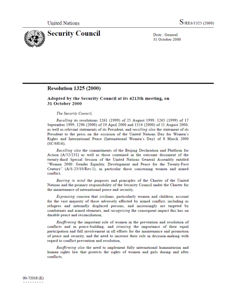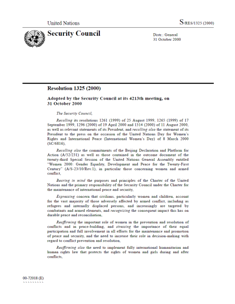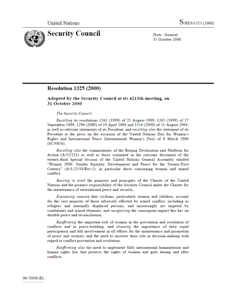In accordance with Chapter VI of the Charter, the Security Council, as the organ of the United Nations invested with primary responsibility for the maintenance of international peace and security, shall, when it deems necessary, call upon the parties a dispute of the nature described in Article 33 to settle it by the means listed in that Article.
Article 36 of the Charter provides that, at any stage of a dispute of the kind described in Article 33, the Security Council can recommend to the parties appropriate procedures or methods of settlement of their dispute, which may include mediation.
In accordance with Articles 37 and 38 of the Charter, the Security Council also has the power to recommend terms of settlement to the parties, if they request this or if the Council considers that the continuance of their dispute is in fact likely to endanger the maintenance of international peace and security.
In accordance with Article 29 of the Charter, the Security Council may establish subsidiary organs as a means to promote the peaceful settlement of international disputes. It has used this power to establish subsidiary organs to carry out mediation.
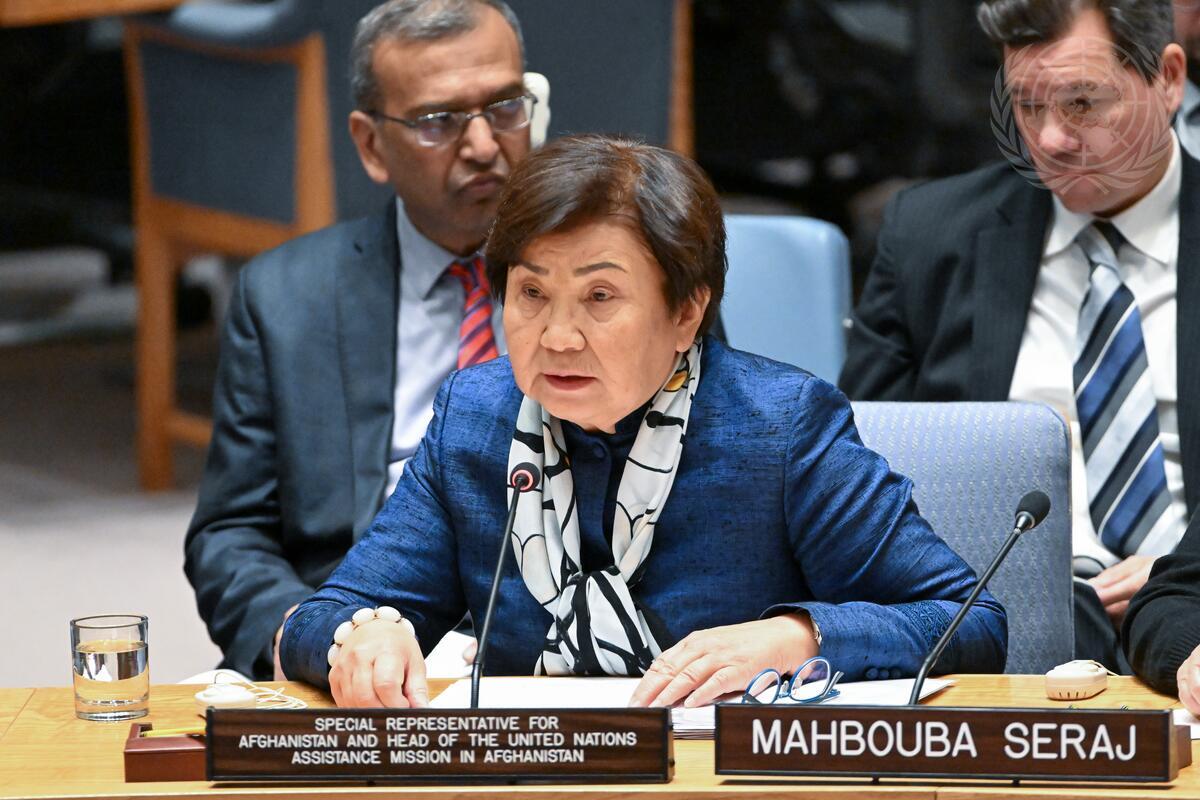
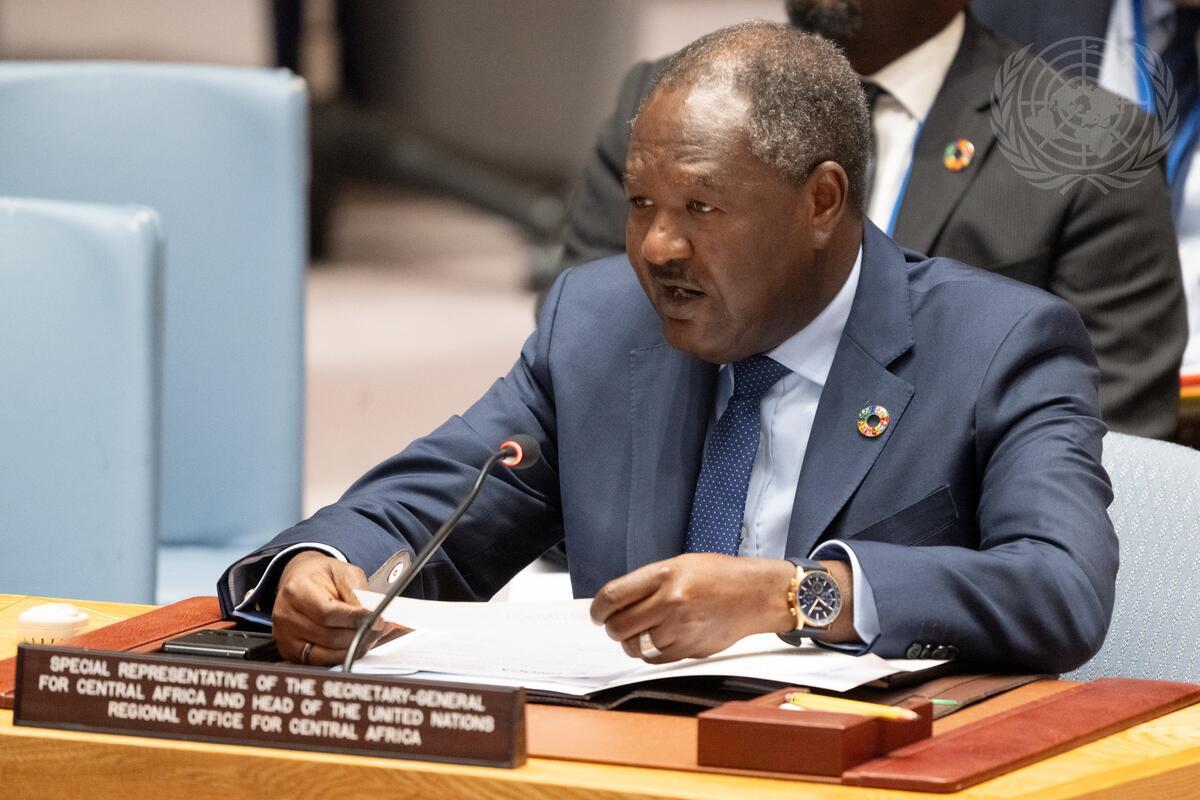
Regional and sub-regional organizations play an important role in the peaceful settlement of disputes. In accordance with, Article 52 of the Charter, the Security Council should encourage the peaceful settlement of local disputes through regional organizations and may refer such disputes to them.
The Security Council focused on the topic of mediation and the settlement of disputes in its high-level debate in 2008 and in an open debate in 2009. In its Presidential Statement of 23 September 2008 (S/PRST/2008/36), the Security Council underlined 'the importance of mediation as a means of pacific settlement of disputes, and encourages the further use of this mechanism in the settlement of disputes'. More recently, it held open debates on the subjects of mediation, conflict prevention and settlement of disputes in 2018 and 2019.
Documents

The Council stressed its determination to make greater and more effective use of “negotiation, enquiry, mediation, conciliation, arbitration, judicial settlement and resort to regional and subregional organizations and arrangements, as well as the good offices of the Secretary-General”.

The report examines the opportunities and the challenges the United Nations and its partners currently face in conducting preventive diplomacy in a changing political and security landscape. Focusing specifically on diplomatic action taken to prevent or mitigate the spread of armed conflict, the report describes the relevance of preventive diplomacy across the conflict spectrum and as part of broader, nationally owned strategies to promote peace.
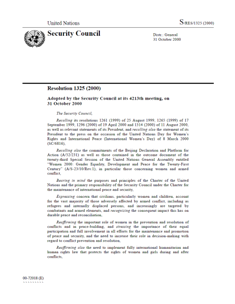
This Security Council resolution provides the accountability architecture needed to list and de-list perpetrators, as well as to monitor patterns and trends of conflict-related sexual violence. Security Council resolution 1960 (2010) also calls for an expanded mandate to comprehensively address sexual violence, when used as a tactic of conflict or emerging as a consequence of conflict.
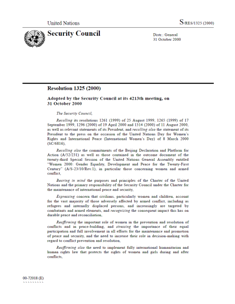
This Security Council resolution addresses the obstacles to women’s participation in peace processes and peacebuilding. The resolution 1889 (2009) calls for the establishment of a global set of indicators to track the implementation of Security Council Resolution 1325 (2000), emphasizes the need to ensure gender mainstreaming in all post-conflict peacebuilding and recovery processes and requests the Secretary-General to report on women’s participation and inclusion in peacebuilding and planning in the aftermath of conflict.
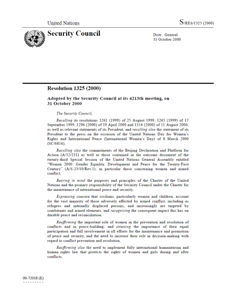
This Security Council resolution recognized for the first time conflict-related sexual violence as a tactic of warfare and as a serious threat to international peace and security. The resolution calls for an end to widespread conflict-related sexual violence, the accountability of all actors to counter impunity for such crimes and calls on the United Nations to develop appropriate mechanisms to provide protection from violence and respond to sexual violence and other forms of violence against civilians.
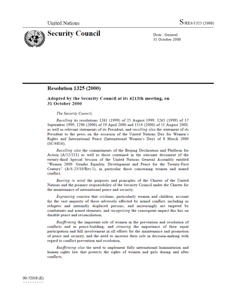
This Security Council resolution recognized for the first time conflict-related sexual violence as a tactic of warfare and as a serious threat to international peace and security. The resolution calls for an end to widespread conflict-related sexual violence, the accountability of all actors to counter impunity for such crimes and calls on the United Nations to develop appropriate mechanisms to provide protection from violence and respond to sexual violence and other forms of violence against civilians.
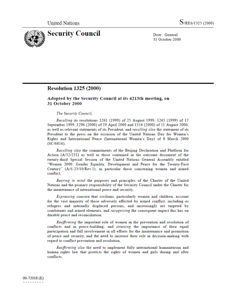
This was the first landmark Security Council resolution on women, peace and security. The resolution 1325 (2000) addresses the impact of war on women and the importance of women’s full and equal participation in conflict resolution, peacebuilding, peacekeeping, humanitarian response and in post-conflict reconstruction. The resolution also calls for special measures to protect women and girls from conflict-related sexual violence and outlines gender-related responsibilities of the United Nations in different political and programmatic areas.

